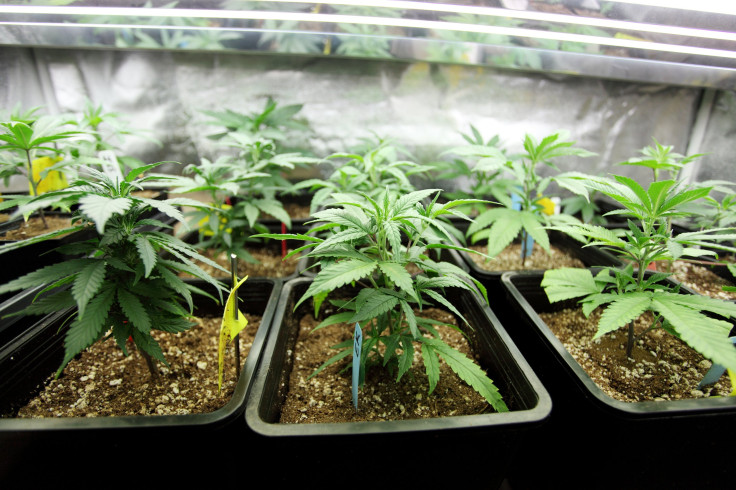Marijuana Strains: Why Do Different Types Of Pot Have Different Effects?

In many U.S. states, marijuana is now considered medicine. Unlike many traditional medicines, marijuana is not standardized in form and can have many varying effects on an individual. Why is it, though, that two different types of marijuana can give you two different experiences?
One of the first variables is how the marijuana is consumed. If smoked, cannabis users can feel the effect within minutes. If eaten, however, it can take over an hour for effects to set in — and they might last much longer.
A second factor in how cannabis affects a user is the type of marijuana. Marijuana users and businesses often differentiate two types of the plant and hybrids of the two. The two plants, while both considered marijuana, look quite different. Cannabis sativa has thinner, taller stems and lanky leaves. Cannabis indica, conversely, grows on a stockier, shorter plant, and has broader leaves than cannabis sativa.
Users often report differences in the high they feel while using the two types: Cannabis sativa is said to have a more energetic, euphoric head high, whereas cannabis indica is said to have more of a “body buzz.”
The reason for this is still unknown, mostly because research into marijuana is still in its infancy thanks to federal restrictions. THC, the active ingredient of cannabis, causes the high but does not explain the difference between strains. One hypothesis from scientists suggests that the way THC interacts with other chemical compounds in the plant could produce these varying effects, known as the “entourage effect.” Of course, a user’s unique genetic makeup also plays a part in the way the plant will affect them.



























